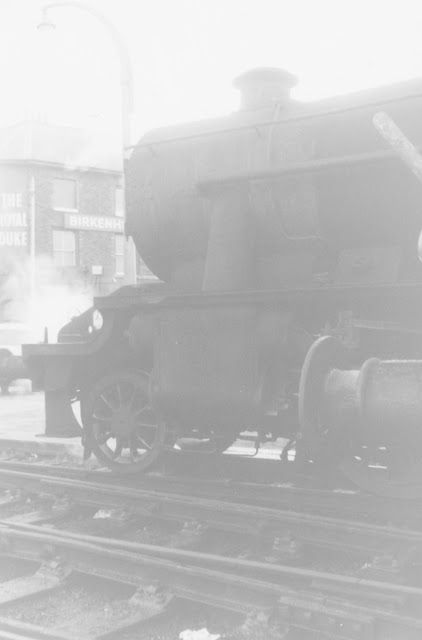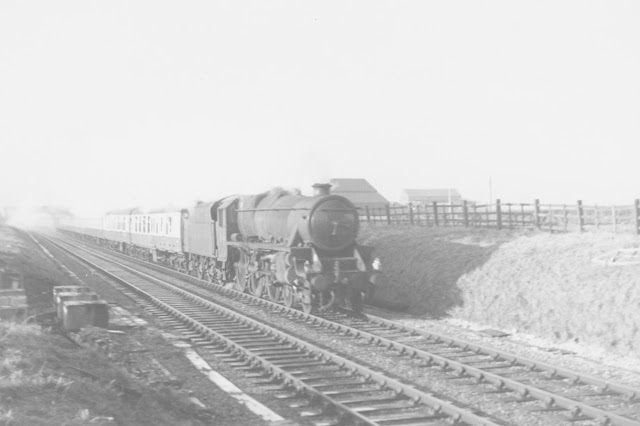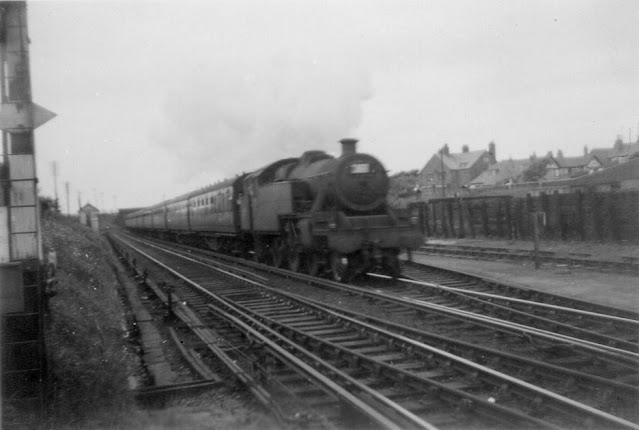This summary covers
all original paintings of Britain’s railways sold in railwayana auctions between
2011 and 2021. General auction houses that hold occasional railwayana auctions
are not recorded, nor are those that periodically include some railwayana in an
otherwise mixed sale. Additional railway paintings will also have changed hands
in fine art sales held elsewhere. Nevertheless, this account should give some
indication of the current trends in the railway paintings market. Auction
houses have responded to the second year of disruption caused by the pandemic by
providing alternative online sales in a variety of formats, in place of the previous
live events. The overall quality of online catalogue photos to advertise
paintings for sale has also improved. At least one auction house has split its
sales over two days, with more lots included overall. There have been some very
successful sales since operators were obliged to move online. The usual
outgoings associated with staging live events have been avoided and some record
takings have been announced. Many more railway paintings have been offered for
sale this year than last and some personal collections have become dispersed. One
auction included 50 railway paintings in a single event, though a substantial
proportion remained unsold. The work of a relatively small group of favoured contemporary
railway artists continues to sell well above the rates achieved by the majority.
1. The number of
original railway paintings sold at railwayana auctions rose sharply in 2021: 2011
- 32, 2012 - 41, 2013 - 61, 2014 - 88, 2015 - 105, 2016 - 136, 2017 - 81, 2018 -
66, 2019 - 87, 2020 - 70, 2021 - 144.
2. The number of railway
artists represented also rose markedly in 2021: 2011 - 25,
2012 - 20, 2013 - 27,
2014 - 34, 2015 - 42, 2016 - 48, 2017 - 31, 2018 - 25, 2019 - 25,
2020 - 33, 2021 - 59.
3. The number of auction
events that sold railway paintings rose in 2021, reflecting some organisational
changes in response to the pandemic. At least one auction house arranged more
frequent sales but with each containing fewer lots than in the former live
events:
2011 - 7, 2012 - 10,
2013 - 13, 2014 - 19, 2015 - 18, 2016 - 22, 2017 - 18, 2018 - 14,
2019 - 16, 2020 – 16,
2021 - 25.
4. In 2021, eleven
paintings by six different artists reached or surpassed a £1,000 hammer price
at railwayana auctions. Over the last eleven years, works by Don Breckon [20], Barry
G. Price [16], Philip D. Hawkins [12] and Malcolm Root [10] have been most
prominent in this category. The number of such paintings sold at these venues each
year and the artists concerned were:
2011 - 3 paintings, by
Heiron [2], Broom,
2012 - 3 paintings, by
Bottomley, Hawkins, Broom,
2013 - 8 paintings, by
Broom [2], Breckon [2], Heiron, Root, Price, Freeman,
2014 - 7 paintings, by
Root [3], Elford, Breckon, Freeman, Hawkins,
2015 - 11 paintings, by
Breckon [3], Hawkins [2], Root [2], Beech, Ellis, Elford, Price.
2016 - 13 paintings,
by Breckon [4], Price [3], Hawkins [2], Freeman, Root, Broom, Greene
2017 - 7 paintings, by
Freeman [2], Price [2], Broom, Root, Breckon,
2018 - 9 paintings, by
Hawkins [4], Breckon [2], Price [2], Root,
2019 - 9 paintings, by
Breckon [4], Broom, Cuneo, P. O. Jones, Root,
2020 - 7 paintings, by
Price [4], Freeman, P. O. Jones, Shelbourne,
2021 - 11 paintings,
by Breckon [3], Price [3], Hawkins [2], Fearnley, Broom, Freeman,
Mike Jeffries' roundhouse scene was just one of the paintings sold at railwayana auctions this year.

















































